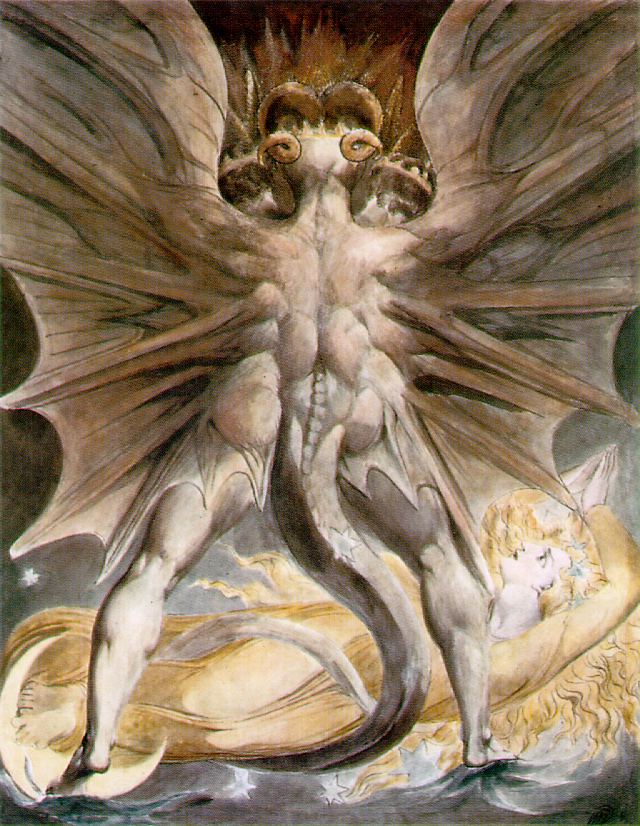

Philosophy 281:
Magic in Renaissance Thought
Truth does not come into the world naked, but clothed in figures and images.
- The Gospel of Philip (Nag
Hammadi Codex 2)
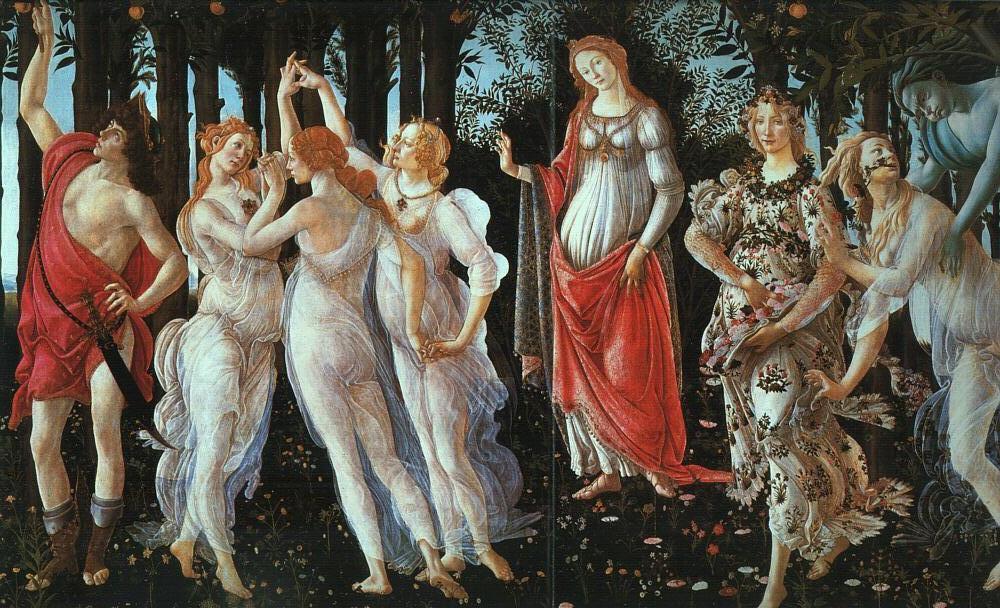
Instructor: Gary Zabel
Department of Philosophy
Office: 035/5th Floor of Wheatley
617-899-8403
gzabel@comcast.net
Course Description
The purpose of this course is to examine the role played by magic in
The syllabus is divided into five main sections: 1) The Magic of the Caves; 2) Is Magic Irrational?; 3) Magic and Philosophy in the Ancient World; 4) Jewish Mysticism, Magic, and Philosophy; and 5) Magic and the Origins of the Modern World in the Renaissance. More complete descriptions of these topics follow below. The readings can be accessed simply by clicking on the relevant links in each section.
Requirements
1) In-class exam
2) Research Paper
3) Class presentation
4) Regular class attendance and participation
Grading
The exams are averaged together and constitute one-third of your final grade;
the 2 papers are averaged together and constitute another third of the final
grade; class presentations, attendance, and participation are averaged together
and constitute the remaining third of the final grade.
Readings
All readings are on this CD and can be accessed through the links below. You will need Adobe Reader in order to read the PDF files. If you don't already have it, you can get it free at: http://www.adobe.com/products/acrobat/readstep2.html
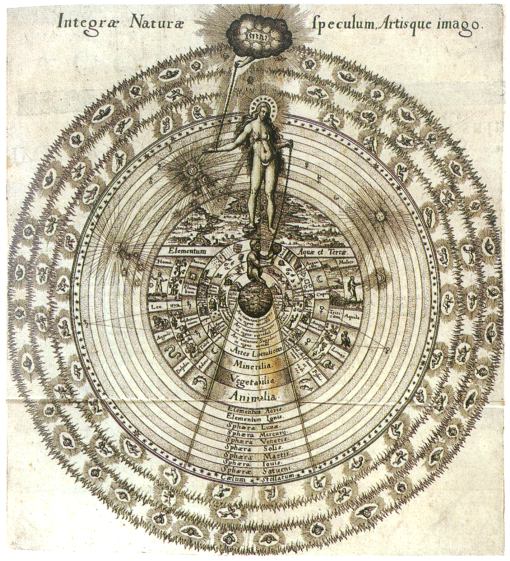
Introduction: Magic and the Origins of the Modern World in the Renaissance
Renaissance is the French translation of the Italian word rinascenza, which means "rebirth." It signifies consciousness of a decisive break with the immediate past, a past that some Renaissance thinkers designated the "Dark Ages." According to this nomenclature, the period extending from the fall of the Roman Empire around 400 CE until the beginning of the Renaissance around 1400 CE was "dark" in that it suffered the loss of a large part of the cultural heritage of ancient Greece and Rome. The key figures of the Renaissance saw themselves as midwives for the rebirth of classical antiquity, in part based on the rediscovery of ancient Greek literary and philosophical works as a result of recent European contact with Bizantium and the Arab world. In spite of the old saying, however, history does not repeat itself, at least not precisely. The backward-looking Renaissance turned out to represent, not a simple repetition of the ancient world, but its reproduction on a new foundation, and that foundation was a distinctively modern one. Such characteristically modern phenomena as the rise of print culture, the invention of perspective in painting, the development of capitalism as a global system, and the origin of a predictive mathematical science of nature were all products of the Renaissance. The Renaissance was first and foremost a period of transition, a frontier or border outpost, in which ancient and modern forces - and medieval ones as well - intermingled in complicated ways. The most important Renaissance philosophers, scientists, poets, and artists exhibited the creative ability to bring such disparate forces together into new and dynamic cultural configurations. This helps to explain the obsession of many central Renaissance figures with the topic of magic. For in harmony with the main thrust of the Renaissance, magic is a liminal (i.e., borderline) phenomenon. It exists on the border where philosophy, religion, science, and art, as well as past, present, and future, come together in strange and wonderful ways. Another way of expressing this is to say that Renaissance culture is synthetic not analytic, inclusive not exclusionary, ecumenical not sectarian, universal not particularistic and that magic is a paradigm case of reconciling what seems irreconcilable. In this respect as well Renaissance thinkers turned to classical antiquity as a source of inspiration. Renaissance magic was in part a revival of the magic of ancient Greece, Rome, Egypt, and Asia Minor, a magic that had developed where disparate cultural forces came together under the ecumenical rule of the Roman Empire.
1. Mystery, Magic, and Philosophy in the Ancient World
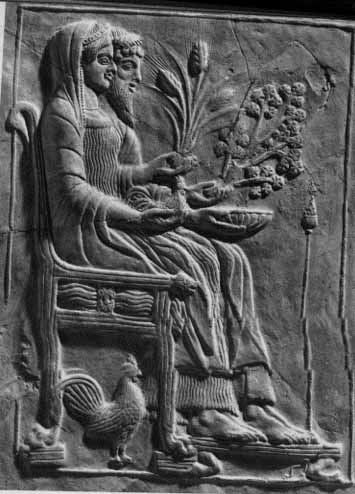
1.1 The Mystery Religions
Mystery and Cult in Ancient Greece (Images)
Background Material on the Greek Mysteries
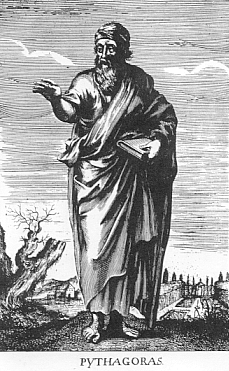
1.2 Pythagoras
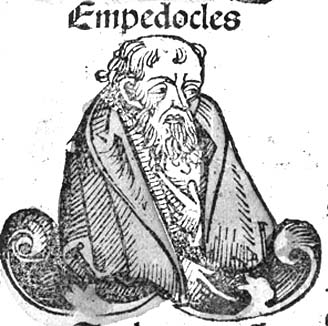
1.3 Empedocles
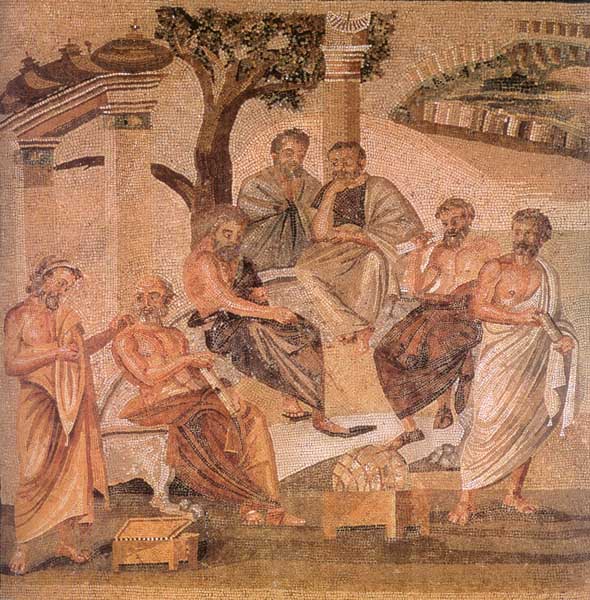
1.4 Plato
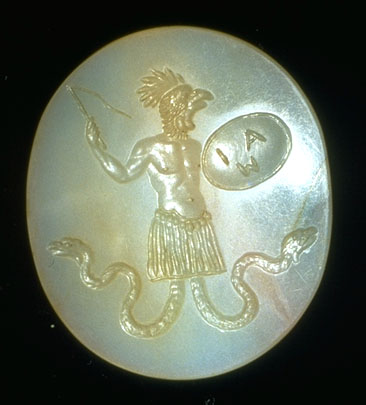
1.5 Plotinus and the Theory of Magic
Background Material on Greek Magic
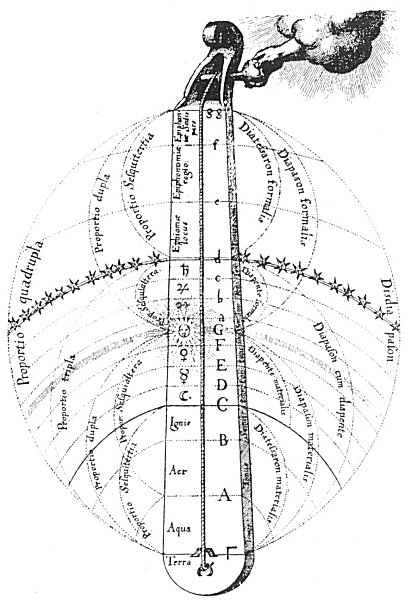
2. The Rebirth of Magic in the Renaissance
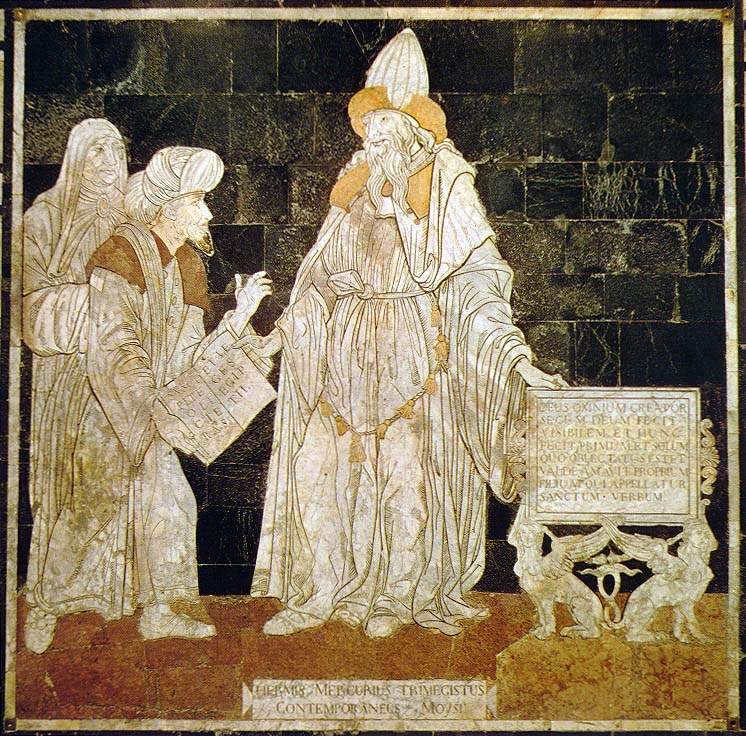
2.1 Thrice-Great Hermes

2.2 Pico della Mirandola
Pico della Mirandola: Oration on the Dignity of Man

2.3 Marcilio Ficino
Marsilio Ficino: Selections From Three Books On Life

2.4 Giordano Bruno
Giordano Bruno: On Magic and A General Account of Bonding
2.5 Magic in Renaissance Art
4. Kepler and the Rise of Mathematical Physics
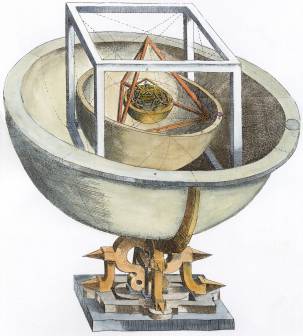
Kepler and The Rise of Modern Physics
Lahanas: Plato's Mathematical Model of The Universe
Platonic Solids and Plato's Theory of Everything
Dume: Is The Universe A Dodecahedron?
MacTutor History of Mathematics Archive: Kepler
Excerpts from Kepler's Astrological Writings
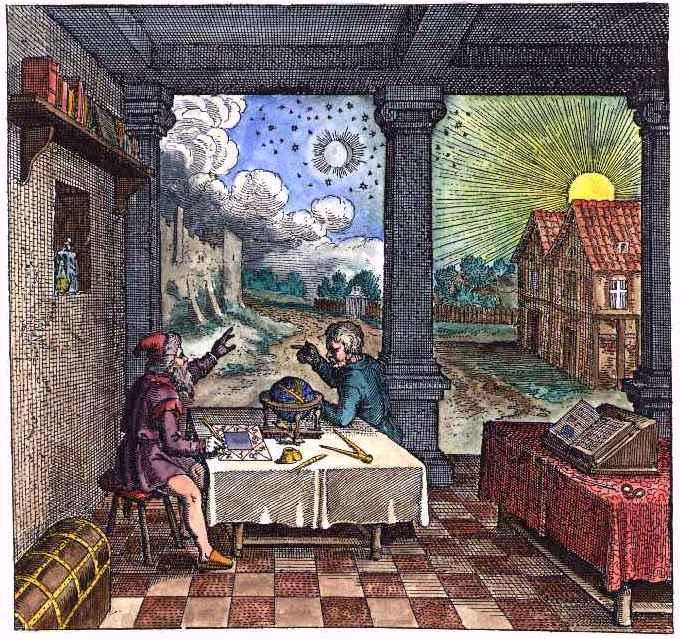
5. Demonology and The Witch Trials
Innocent VIII: Bull Summis Desiderantes
King James I of Scotland: The Demonologie
Selections from Sprenger and Kramer: Malleus Maleficarum
Selections from Murray: The Witch Cult in Western Europe
Primary Historical Source Material
